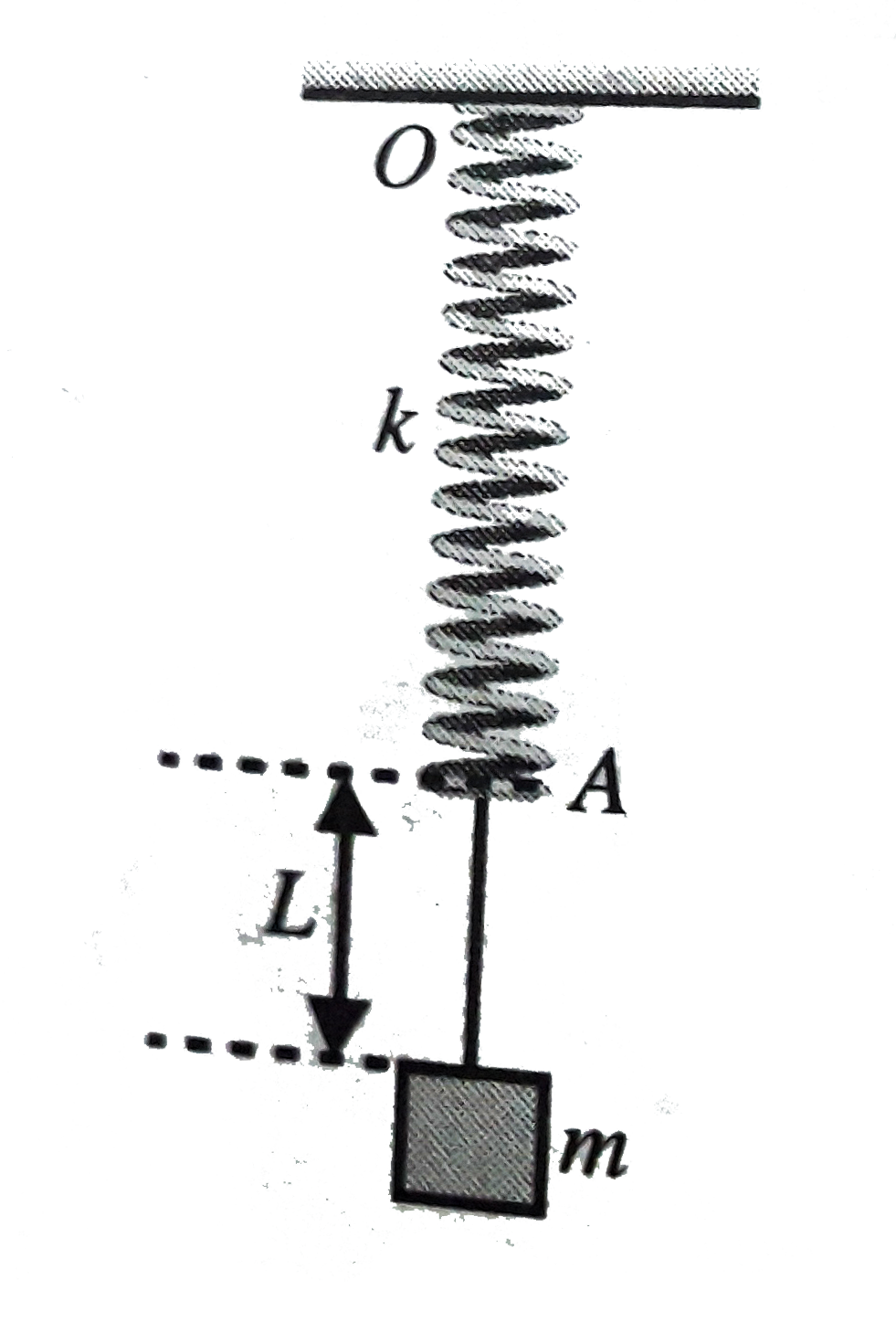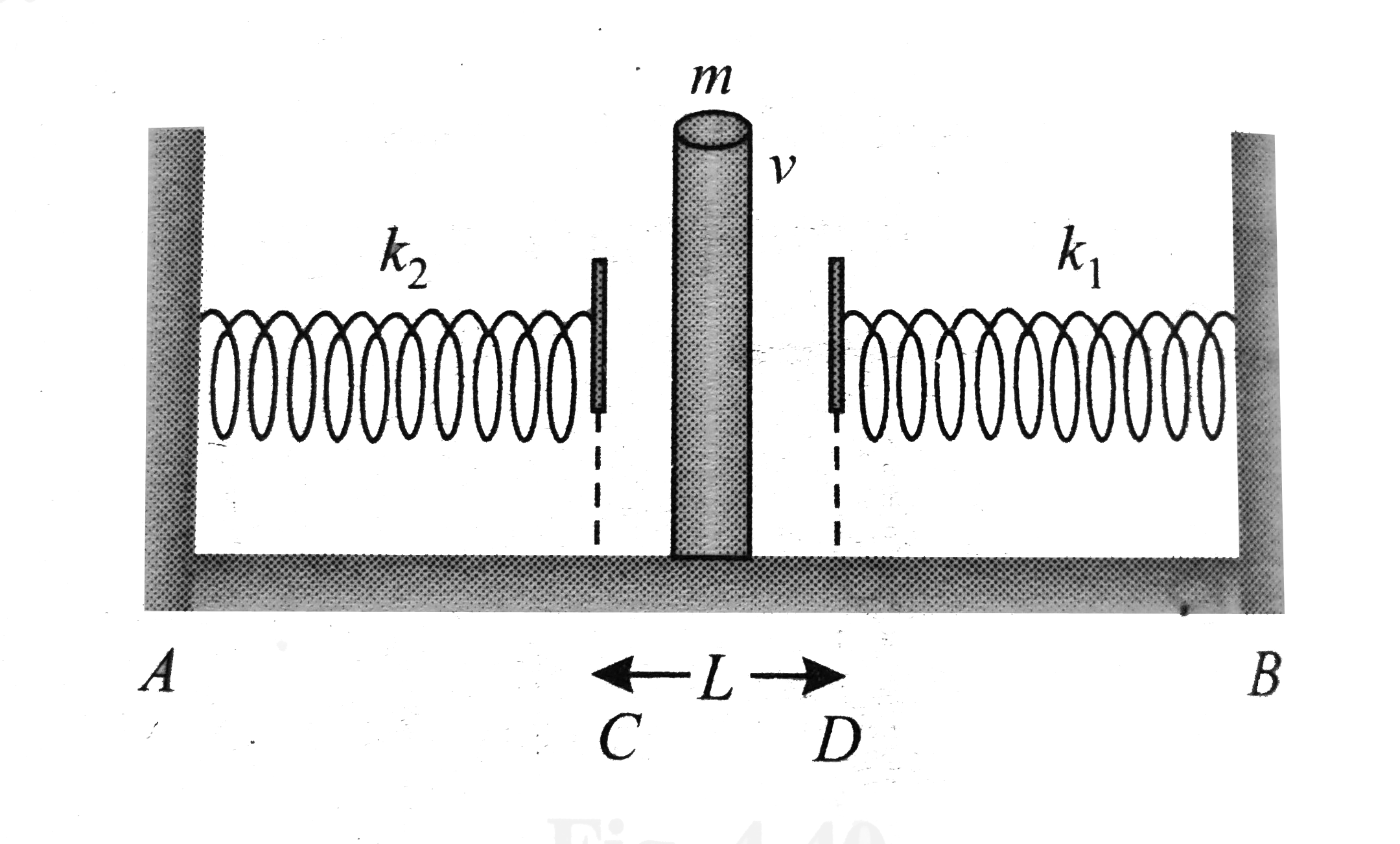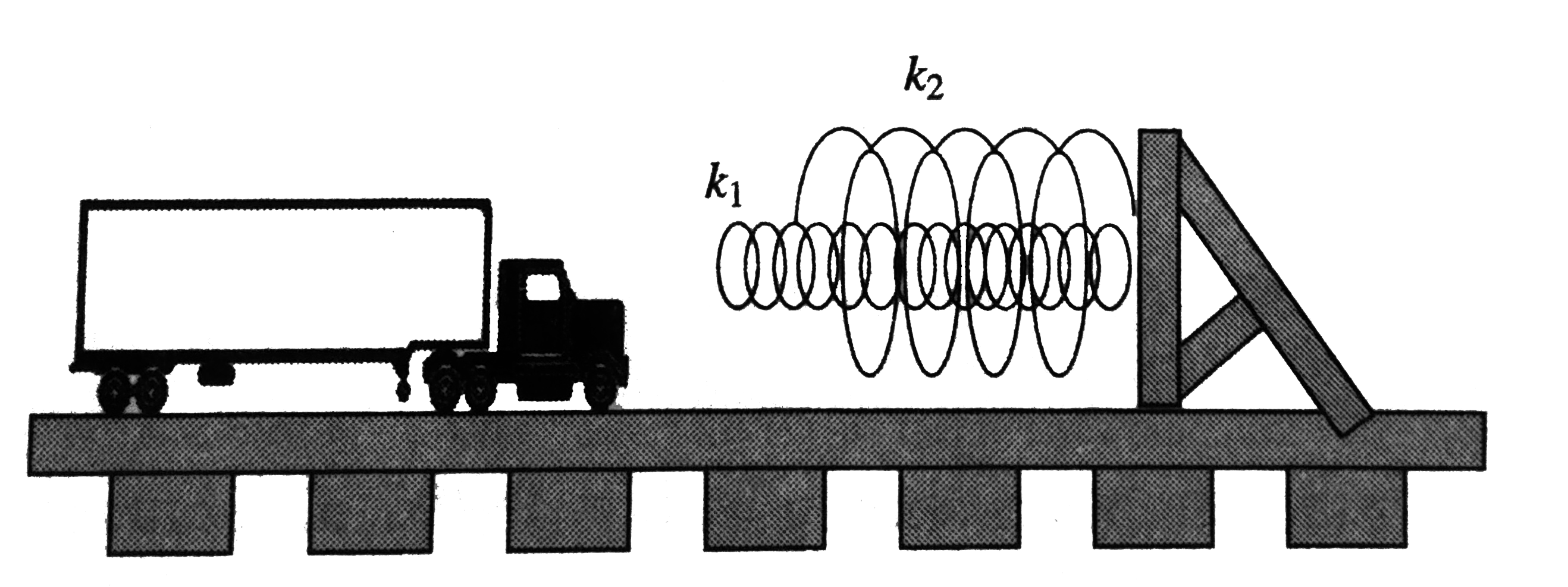State if the motion is transverse, longitudinal or a combination of both. Motion of a kink in a long coil spring produced by displacing one end of the spring sideways.
To determine the type of motion involved in the kink of a long coil spring when one end is displaced sideways, we can analyze the situation step by step.
1. Understanding the Setup:
- We have a long coil spring. Imagine it as a series of connected coils that can be stretched or compressed.
- When one end of the spring is displaced sideways, it creates a kink or disturbance in the spring.
2. Analyzing the Motion:
- The displacement of one end sideways means that the coils are being moved in a direction perpendicular to the length of the spring.
- As the kink travels along the spring, it causes the coils to move up and down (or side to side) as the kink propagates.
3. Identifying the Type of Wave:
- In a transverse wave, the motion of the particles (in this case, the coils of the spring) is perpendicular to the direction of wave propagation.
- Since the kink moves sideways and causes the coils to oscillate up and down, the motion of the coils is indeed perpendicular to the direction in which the wave travels.
4. Conclusion:
- Therefore, the motion of the kink in the long coil spring, produced by displacing one end sideways, is classified as transverse motion.
Final Answer:
The motion of a kink in a long coil spring produced by displacing one end of the spring sideways is transverse.
---
- We have a long coil spring. Imagine it as a series of connected coils that can be stretched or compressed.
- When one end of the spring is displaced sideways, it creates a kink or disturbance in the spring.
- The displacement of one end sideways means that the coils are being moved in a direction perpendicular to the length of the spring.
- As the kink travels along the spring, it causes the coils to move up and down (or side to side) as the kink propagates.
- In a transverse wave, the motion of the particles (in this case, the coils of the spring) is perpendicular to the direction of wave propagation.
- Since the kink moves sideways and causes the coils to oscillate up and down, the motion of the coils is indeed perpendicular to the direction in which the wave travels.
- Therefore, the motion of the kink in the long coil spring, produced by displacing one end sideways, is classified as transverse motion.
The motion of a kink in a long coil spring produced by displacing one end of the spring sideways is transverse.
Similar Questions
Given below are some eamples of wave motion. State in each case, if the wave motino is transverse, longitudinal or a combination of both?
(i) Motion of a kink in a long coil spring produced by displacing one end of spring side ways.
(ii) Waves produed in a cylinder containing a liquid by moving its piston back and forth.
(iii) Waves produed by a motor boat sailing in water.
(iv) Light waves travelling from sun to earth.
(v) ultrasonic waves in air produced by a vibrating quartz crystal.View SolutionState if the motion is transverse, longitudinal or a combination of both. Ultrasonic waves in air produced by a vibrating quartz crystal.
View Solution
Knowledge Check
- Question 1 - Select One

A body of mass m is attached by an inelastic string to a suspended spring of spring constant k. Both the string and the spring have negligible mass and the string is inextensible and of length L. Initially, the mass m is at rest.
Q. If the mass m is now raised up to point A (the top end of the string see fig. and allowed to fall from rest, the maximum extension of the spring in the subsequent motion will beALBmgkCmgk√1+2kLmgDmgk[1+√1+2kLmg]
State if the motion is transverse, longitudinal or a combination of both. Wave produced by a motorboat sailing in water.
View SolutionState if the motion is transverse, longitudinal or a combination of both. Wave produced in a cylinder containing water by moving its piston back and forth.
View SolutionState in the following cases, whether the motion is one, two or three dimensional motion is one, two or three dimesional motion: (a) a dite fluing onwindy day (b) a speeding car on a long straight high way (c ) a carrom coin rebounding from the side if the board (d) a plane revolving around its star.
View SolutionA mass m = 50 g is dropped on a vertical spring of spring constant 500 N nfl from a height h= 10 cm as shown in figure (18-E14). The mass sticks to the spring and executes simple harmonic oscillations after that. A concave mirror of focal length 12 cm facing the mass is fixed with its principasl axis coinciding with the lilne of motion of the mss, its pole being at a distance of 30 cm from the free end of the spring. Find the length in which the image of the mass oscillates
 View Solution
View SolutionTwo light spring of force constants k1andk2 and a block of mass m are in the line AB on a smooth horizontal table such that one end of each spring is fixed on right supports and the other and is free as shown in figure

The distance CD between the free ends of the spring is 60cm. If the block (k1=1.8N/m,k2=3.2N/mandm=200g). Is the motion simple harmonic?View SolutionOne side of spring of initial, instreached length l0=1m, lying on a frictionless table, is fixed, the other one is fastened to a small puck of mass m=0.1kg. The puck is given velocity in a direction perpendicular to the spring at an initial speed v0=11m/s. In the course of the motion, the maximum elogation of the spring is l=l0/10. What is the force constant of the spring (in SI units) ?
 .View Solution
.View SolutionA 2144kg freight car roles along rails with negligible friction. The car is brought to rest by a combination of two coiled springs as illustrated in figure. Both springs are described by Hooke's law with k1=1600Nm−1 and k2=3400Nm−1. After the first spring compresses a distance of 30.0cm, the second spring acts with the first to increase the force as additional compression occurs as shown in the graph in figure. The car comes to rest 50.0cm after first contracting the two-spring system. Find the car's initial speed (in×10−1Nm−1).

 View Solution
View Solution

